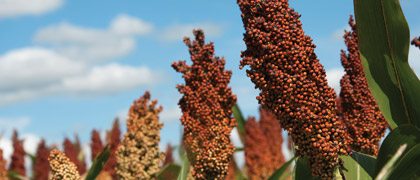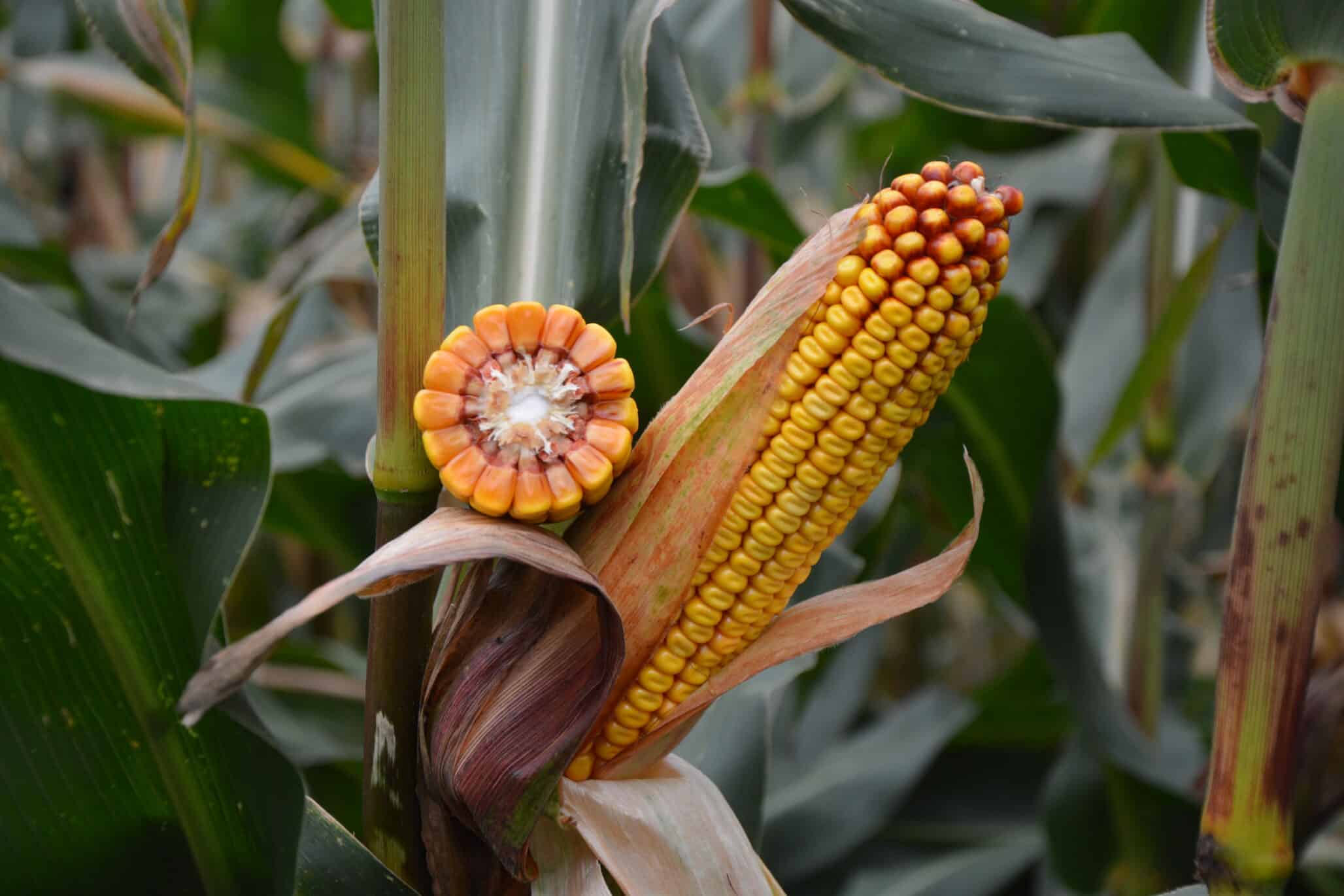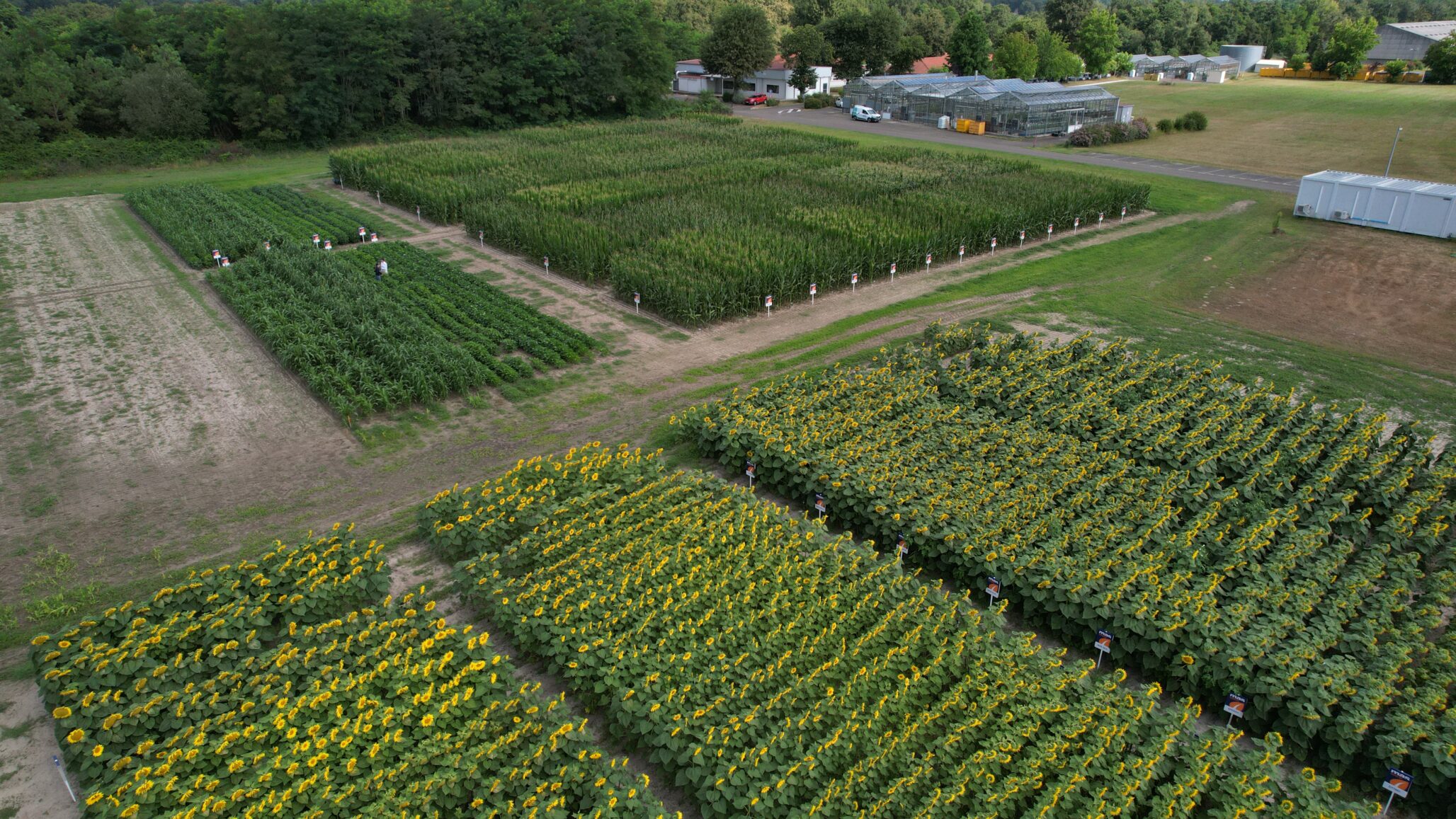The main concern of a corn grower is to find a variety that will fully value the real potential of the intended location. The grower would like to know which is the hybrid that can give the best results under limited conditions and which is the best variety to maximize the yield in a favorable environment? Moreover, for silage, in order to make a right choice to feed his cattle, the farmer has to consider the corn composition: go for silage with a high starch level to complement a grass-based ration with energy, or go for silage with an important fiber content to secure a ration with acidogenic risks. In order to help farmers with their choices, our company has developed the Euralis Profiling Systems (EPS).
After qualification of farmer’s environment, the EPS for corn is aimed to help the farmer choose the hybrid able to answer his needs. It is also destined to provide our research with strategic axes of development based on the clients’ needs and to continue the creation of inventive solutions for farmers. It is important to note that the EPS goes beyond the classic criteria of selection which are: performance, earliness, nutritional value, diseases and lodging tolerance. The system studies all the products under new and diverse angles to create a better understanding and to bring the right recommendation to the farmers. The important pillars of the system are the yield profile and the nutri-profile.
The yield profile studies behavior of the hybrid depending on the field potential. The objective is to find out the most adapted hybrid in particular conditions of the farmer’s field. The results are collected all over Europe during several years to test hybrids in diverse agronomical situations. Our analysts evaluate performances of each hybrid compared to the average of all hybrids tested in the same conditions and explain the behavior of the hybrid depending on the class of field potential.
The nutri profile studies the degradation of dry matter by the ‘in sacco’ method: samples of silage corn are put directly into the rumen of fistulated cows. The dynamics of starch and fiber degradation are not the same. Dry matter coming from leaves and stalks offers a slow digestibility and releases energy later when compared with grain, where dry matter is immediately assimilated by the animal. With the nutri profile the farmer can define the right variety fitting with the needs of the cattle feeding ration: a slow digestion to secure the ration based on grains or a fast digestion to bring quick energy for animals with the ration based on grasses.








